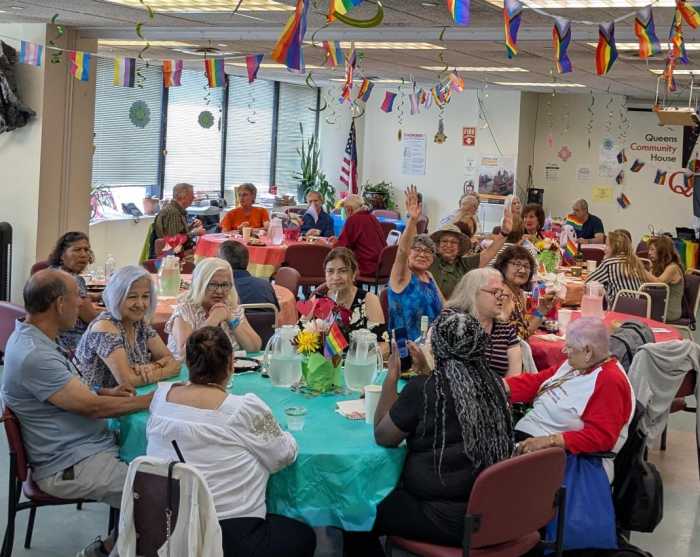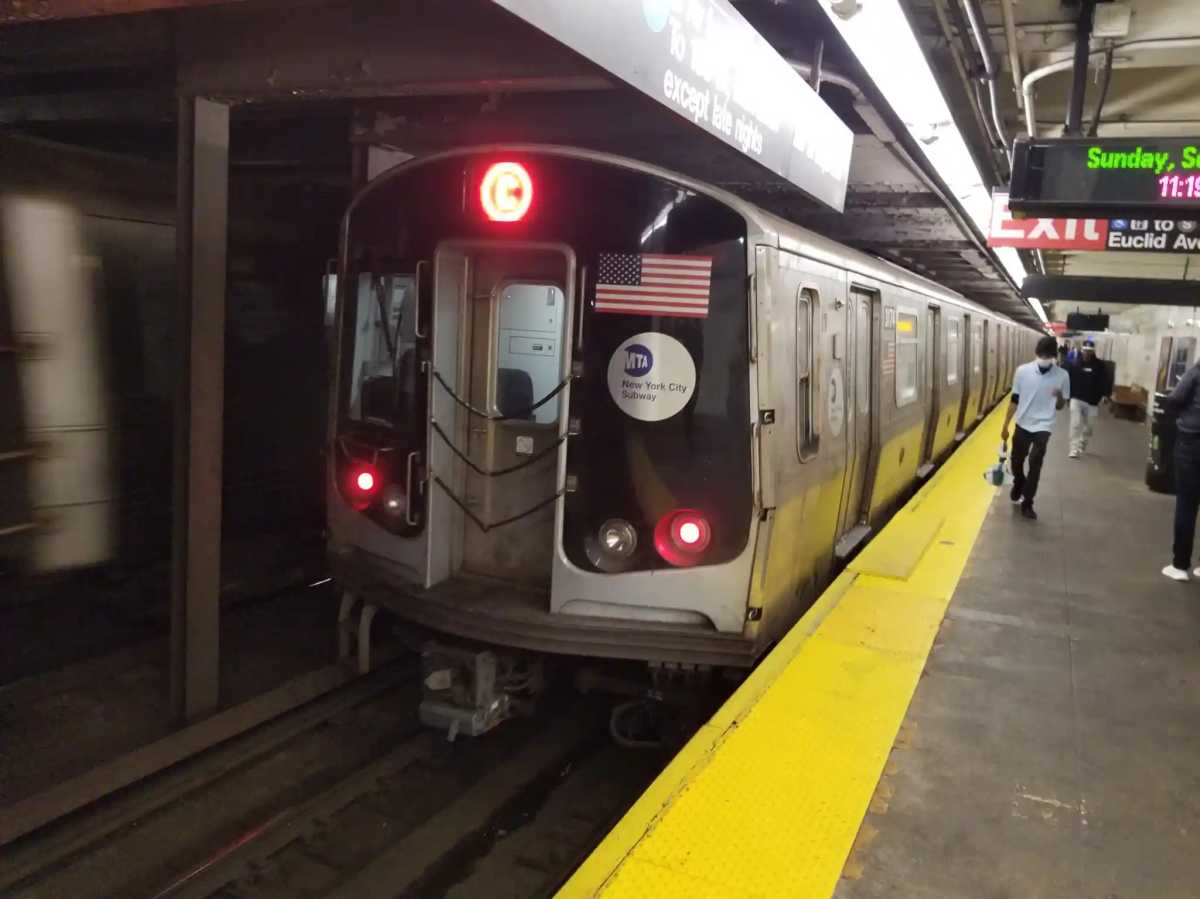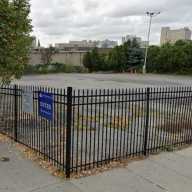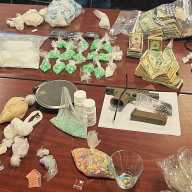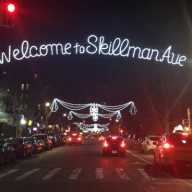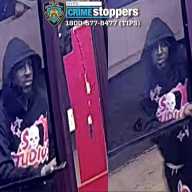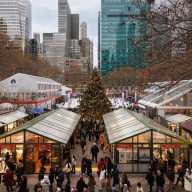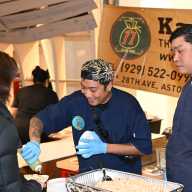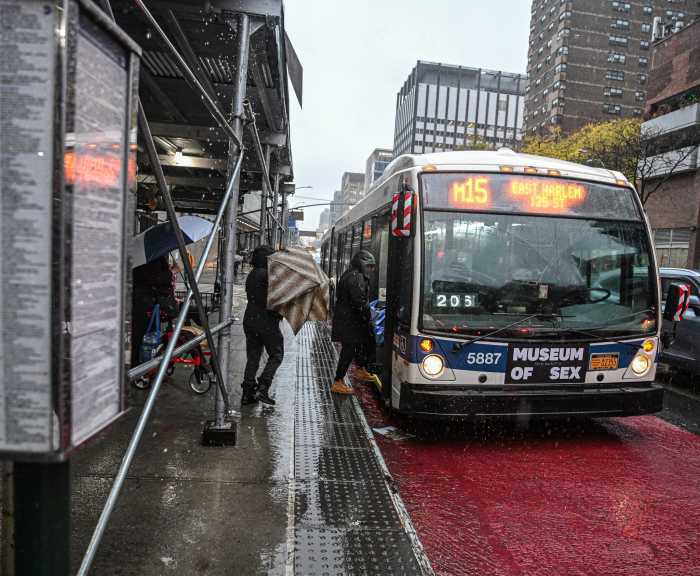To the casual observer, the huge former Sterns department store appears to be in the shape of a perfect circle, but a notch or indentation in the western facade of the building on the five-acre Elmhurst plot exists as a memorial to the pluck of the late Mary Sondek. She was the woman who refused to sell her half-acre lot and home to Macys, the original builder of the unusually designed shopping emporium.
Thirty-five years ago, Macys decided to build a second Queens branch in addition to their fading Jamaica outlet. They picked the site bounded by Queens Blvd., 56th and 55th Avenues. Their architect designed a circular, three-level building that echoed the futuristic pavilions of the 1964-65 Worlds Fair just one mile away in Flushing Meadows-Corona Park. Frank Lloyd Wright designed a circular Guggenheim Museum with a spiral ramp down which visitors strolled while taking in the exhibits. Critics of the avant-garde museum-in-the-round likened its appearance to a giant Maytag washing machine that threatened to roll across Fifth Ave. into Central Park.
Behind the 142-yard diameter Macys rotunda were two circular parking ramps that gave access to the parking garage that ringed the entire structure allowing shoppers to park close to any department in the store. In front of the coliseum-like building was a smaller, circular First National City Bank which, with the parking ramps, gave the appearance of moons orbiting a planet. Next to the bank lived elderly Mary Sondek in a brown house surrounded by a fence that bore a "Beware of Dog" sign. Sondeks dog was the reason she refused to sell her land to Macys officials. She told a worker at the site that "Ive got a dog and he has to have a place to run."
Macys offered Sondek $200,000 for her property, but she would hear none of that. Despite the noise, vibration and dust from the construction, she refused to budge. Macys could either make the entire store smaller or ruin its perfect circular shape but cutting a notch into it allowing it to just clear Sondeks property line. They chose the latter approach, spending $50,000 to alter their plans. This wasnt the first time that the company, founded by a Quaker named Rowland Hussey Macy, was thwarted by a property owner who refused to sell out.
Macy was a Nantucket resident who returned from a four year stint aboard the Emily Morgan whaling ship bearing a red, five pointed star tattooed on his arm which became the companys trademark when he opened his first New York store on 14th St. in 1858. After the turn of the century, Macy acquired the site on 34th St. where he would build the headquarters for the "worlds largest department store." But the Nedicks hot dog lunch counter on the very corner refused to sell the small five-story building that it occupied. So Macys altered their plans and built around the store that now houses a sunglasses vendor. The huge Macys sign gives the illusion of a complete rectangle while concealing the fact that a chunk is missing from a corner.
Some years after Macys opened the Queens Blvd. location, Sondek passed away. Her home. that she fought so tenaciously to perserve. was leveled and a strip mall was squeezed into the site so close to Macys that the two are almost touching. The Sterns store has been idle for sometime but plans have been announced by Forest City Ratner, a Queens developer, to convert the buildings to "Queens Place," a multi-store mall. The third incarnation of this building, having two stories added, to house a Target, DSW Shoe Warehouse, Best Buy, Outback Steak House, Gateway Computer, and a Macys Furniture Gallery.








